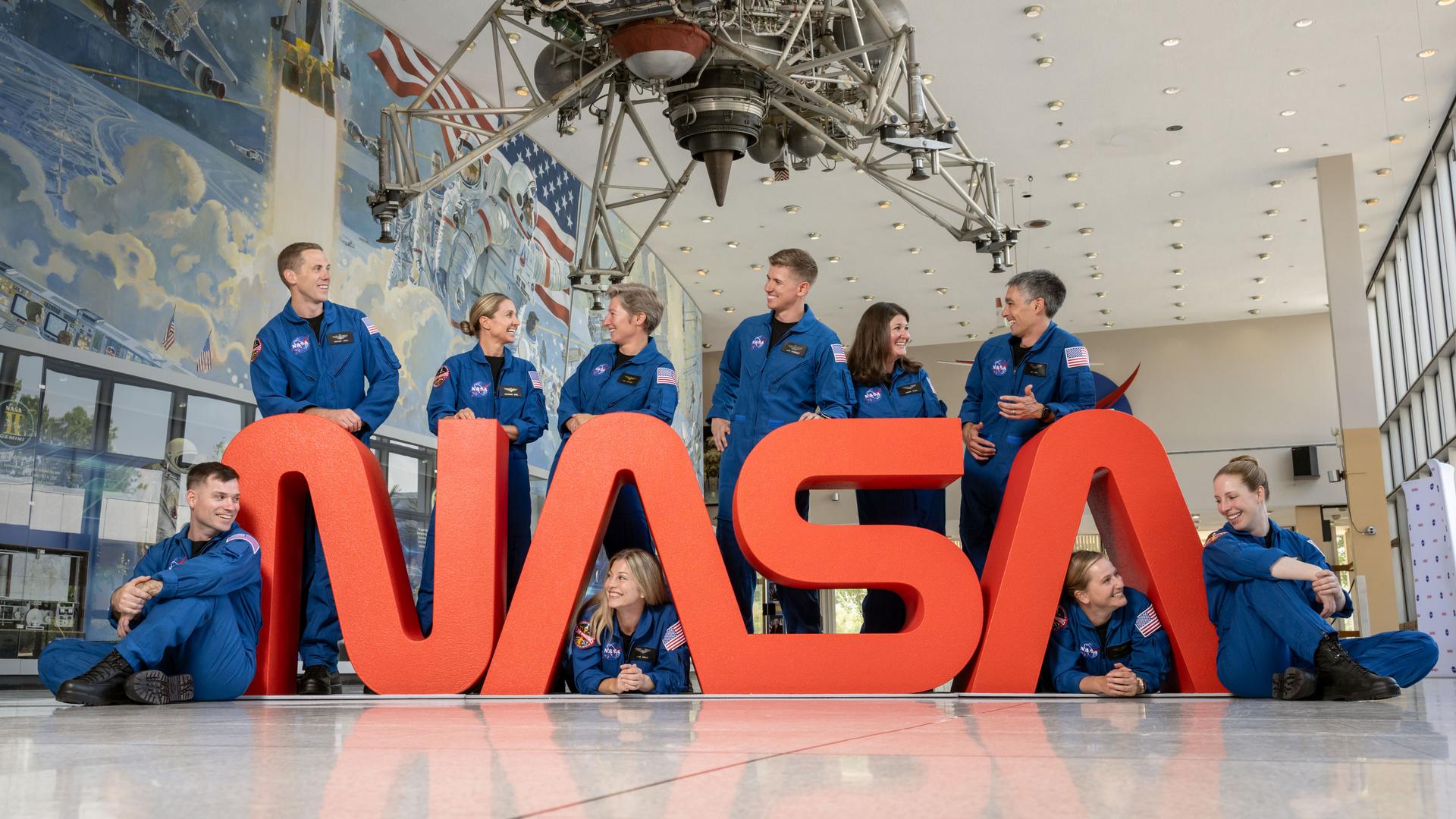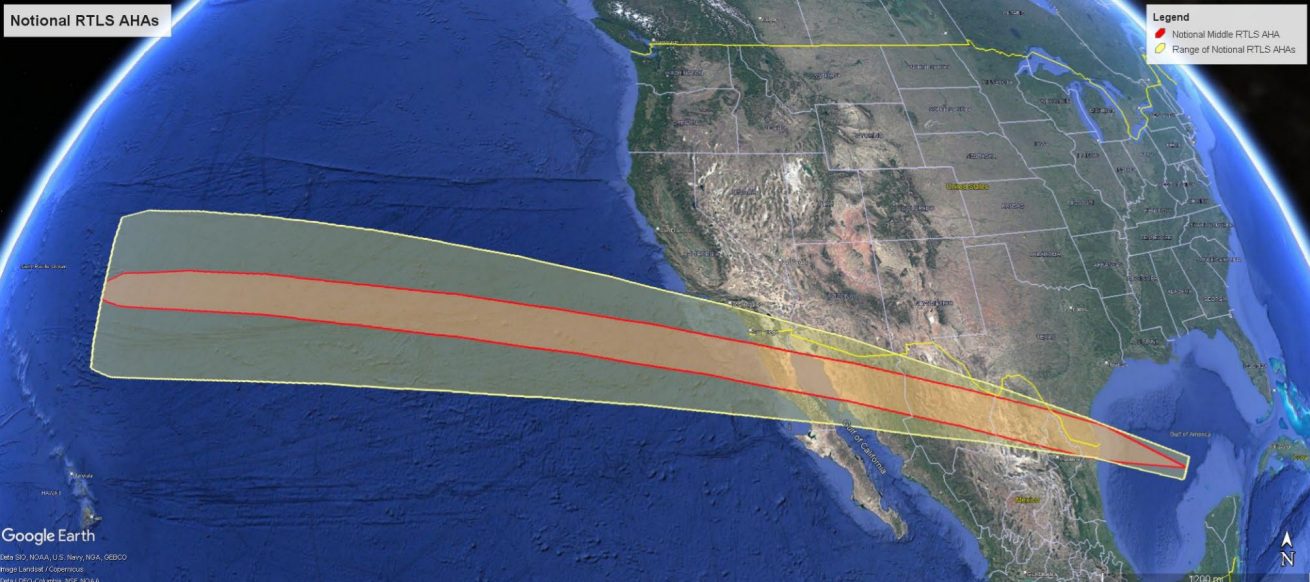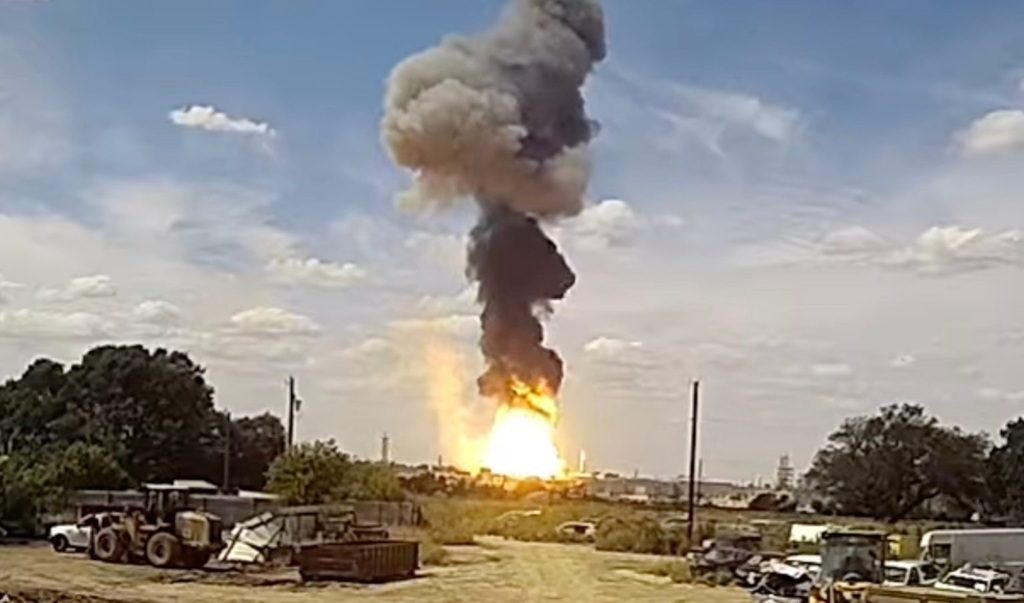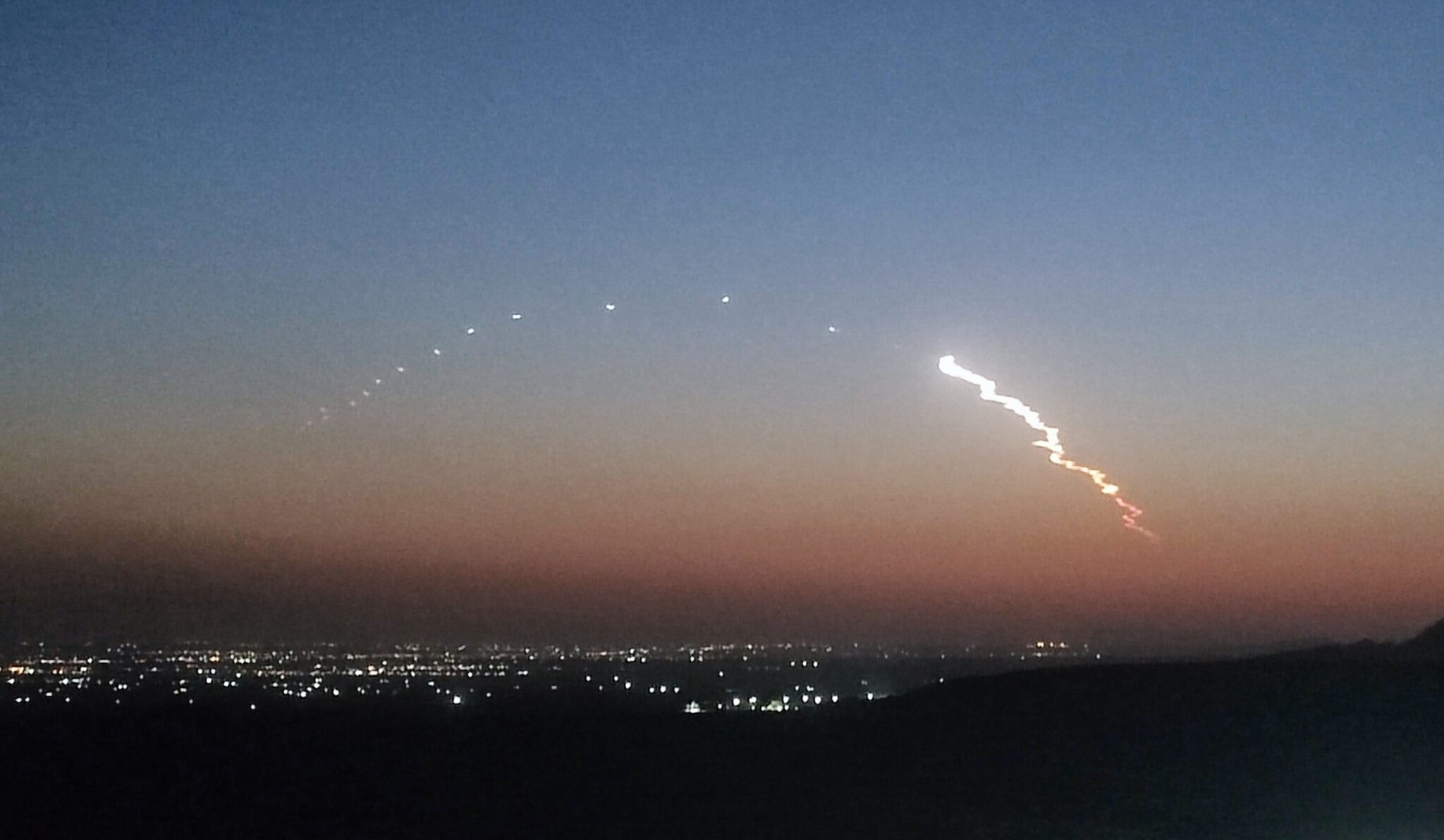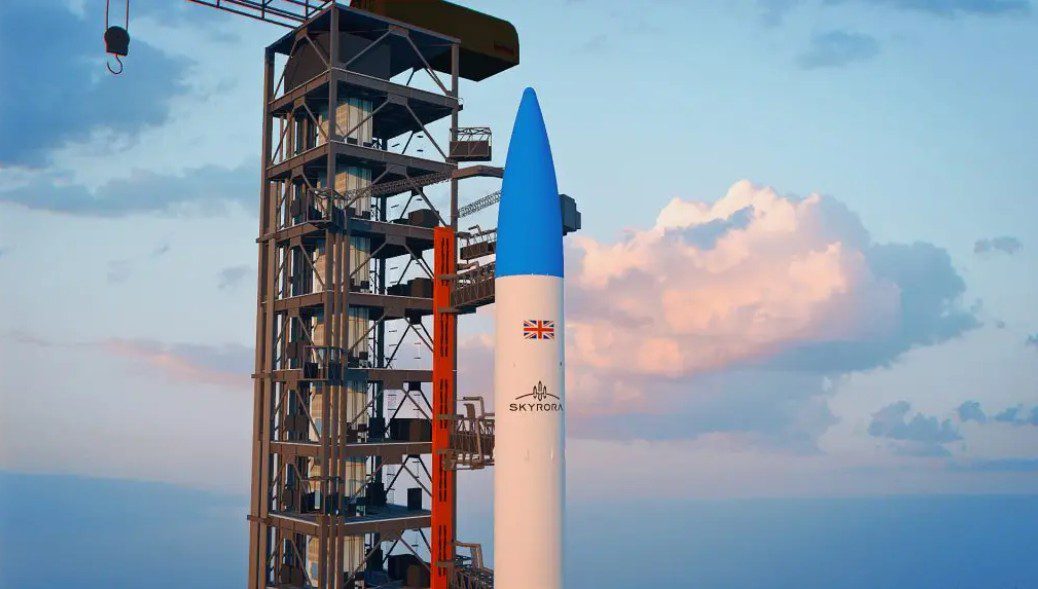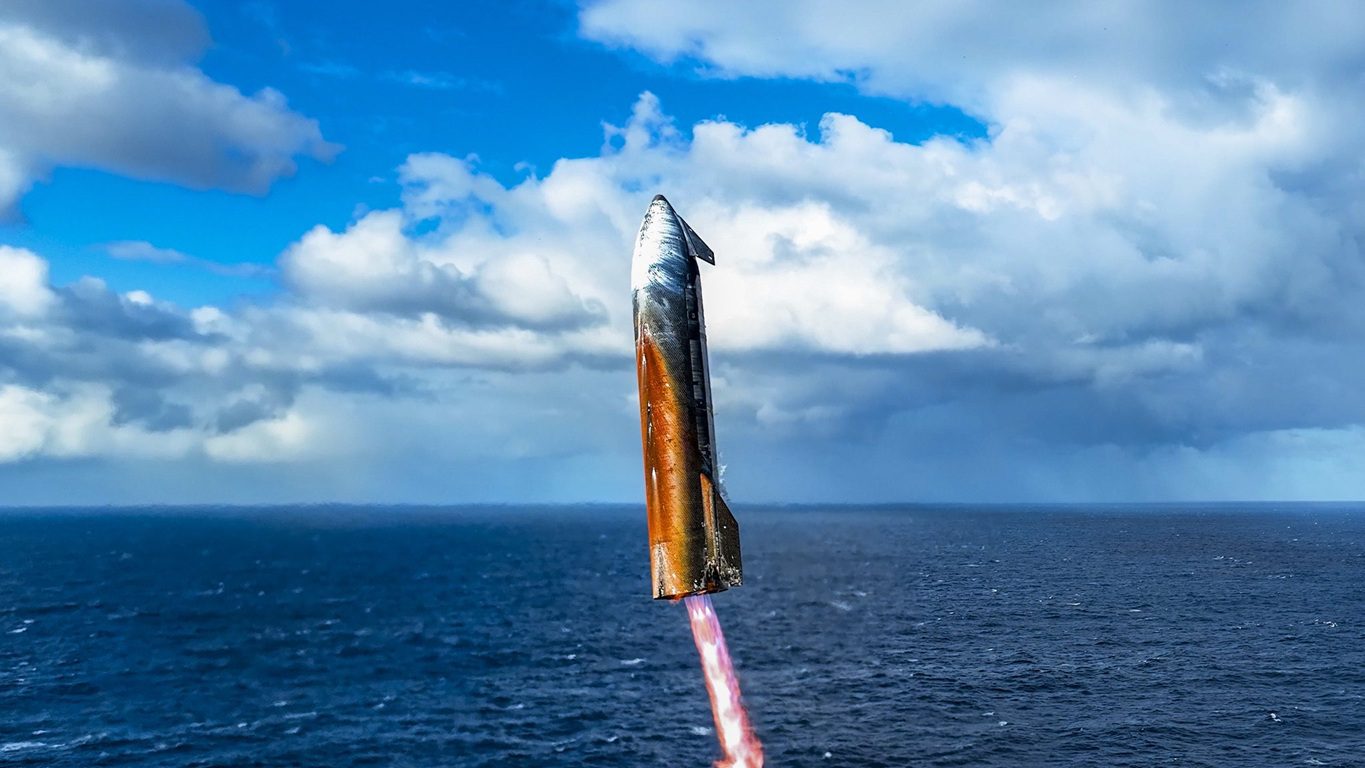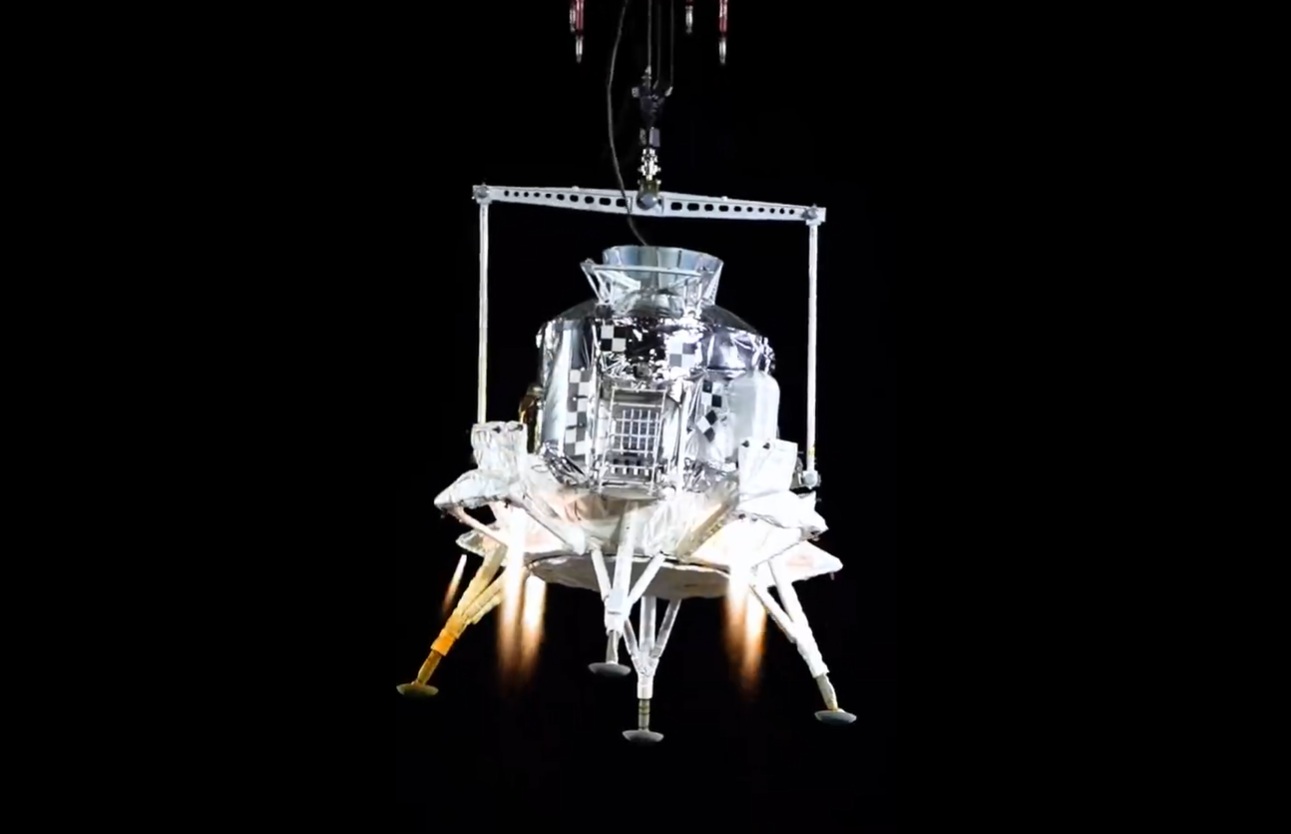Our previous article outlined the fact that the later Block 1A and Block 2 versions of NASA’s SLS were probably too small for proper manned exploration (according to studies two SLS launch vehicles will be needed for a manned lunar mission). We went onto suggest that a vehicle carrying about 200 metric ton to orbit (about 30% more than the Block 2 SLS) would be needed for both lunar and Mars expeditions.
Of course, the way to achieve this class of payload performance for SLS would be to have four boosters attached to the SLS core launch vehicle, though this could create major infrastructure problems such as redesigning the structure of the launch pad/plaform to take this size of vehicle and to allow it to clear the tower safely. Nevertheless, the addition two more boosters to SLS (either solids or liquids) would be be preferable in operational performance, cost and reliabilty to needing extra launches for each mission – and having a large hard-to-manage time gap between such multiple launches.
This is not the first time that a four-booster configuration has been used or considered. In the 1980s, the 100 metric ton (tonne) payload LOx/liquid hydrogen core Soviet-era Energia rocket used four LOx (liquid oxygen)/kerosene boosters to lift off. Early NASA designs for a Shuttle-based heavy lift launch vehicle capable of carrying 120 metric tons to orbit used four-SSME (RS-25D/E) core configuration similar to SLS albeit with four standard solid rocket boosters, instead of two advanced ones.
For its proposed Long March 9 “moon rocket” four booster heavy lift rocket, two designs are being considered (either LOx/kerosene boosters and first stage with a LOx/liquid hydrogen upper stage (like a super Saturn V), or using a LOx/liquid hydrogen core (like SLS) with four solid rocket boosters. The designs, which are thought to be capable of launching 130 metric tons (tonnes) to LEO, are aimed to launch smaller Apollo-class manned missions to the Moon than those larger missions proposed by elements within NASA.
The China Academy of Launch Technology (CALT) has yet to formally decide between two competing heavy lift designs for the rocket which could one day put “taikonauts” (Chinese astronauts) on the surface of the Moon. Presumably elements of both these designs could be used together on a final design i.e. having LOx/Kerosene boosters atttached to LOx/liquid hydrogen core for a more powerful launch vehicle. That really would get NASA’s SLS designers thinking.

